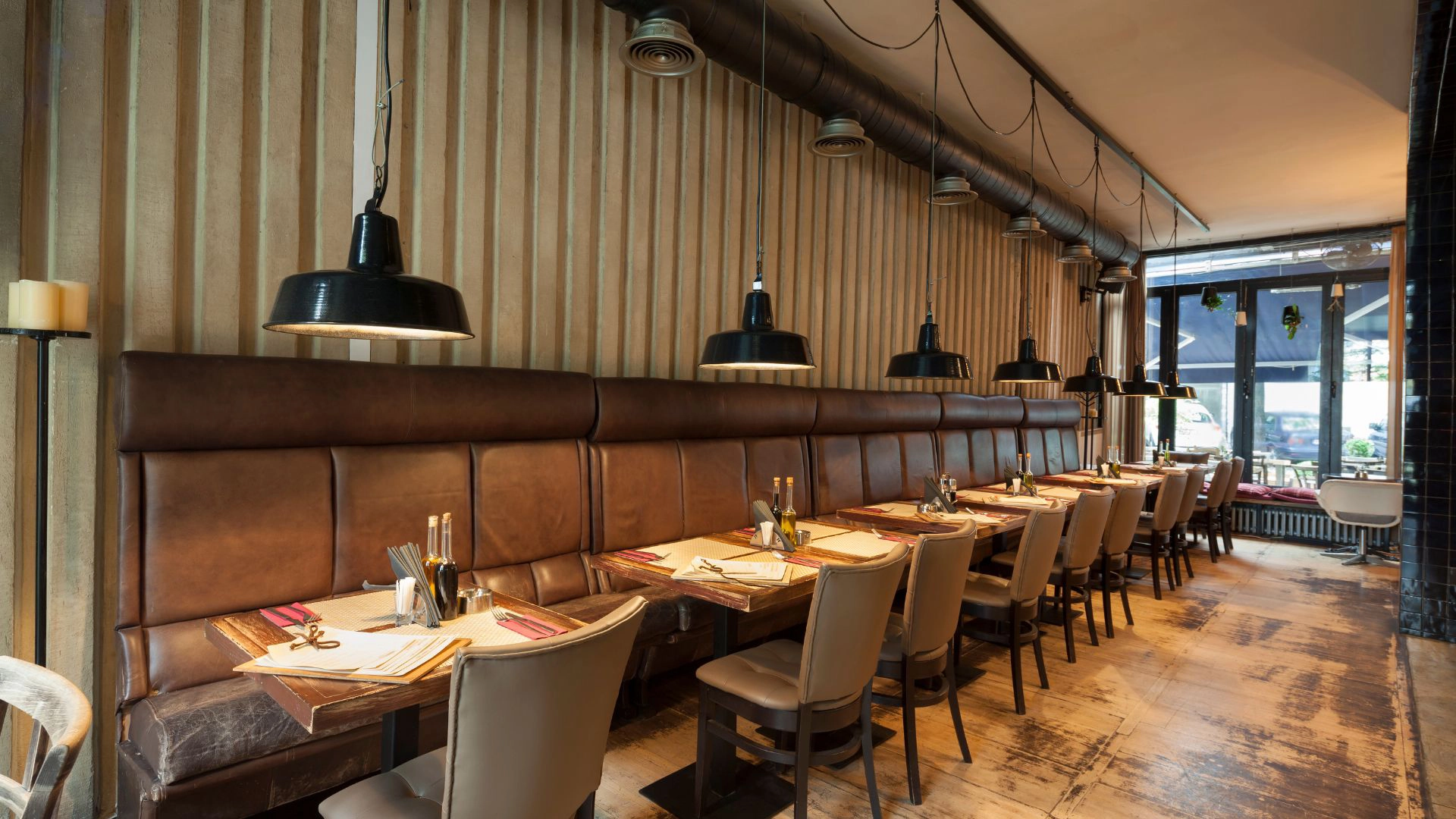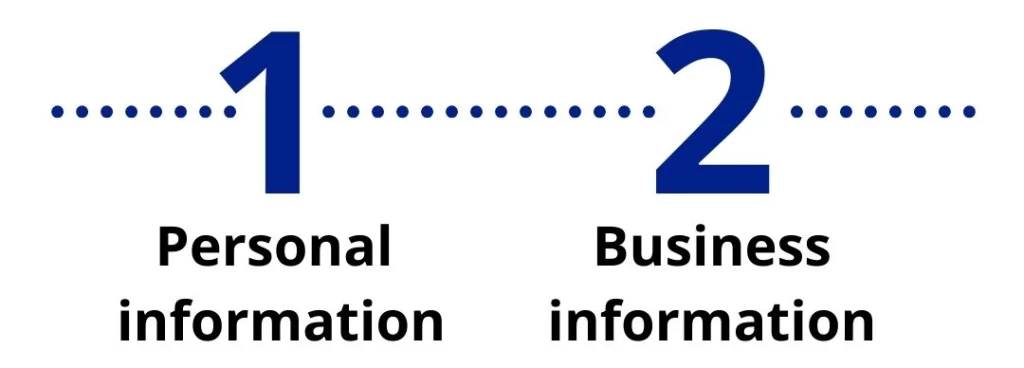Lowering your restaurant’s energy usage is a great way to increase the overall profitability of your restaurant, and it’s also better for the environment. In recent years, many food service professionals have been making their restaurants more energy efficient and have drastically cut their costs. In this article we’ve outlined best practices that will reduce your electricity, natural gas, and water costs.
1. Take advantage of energy efficient equipment
Commercial equipment is a huge source of energy use in a restaurant, but your equipment doesn’t have to guzzle energy. As technology advances manufacturers make more and more energy efficient models and by switching to those designs you can save thousands of dollars per year.
High efficiency fryers – Upgrading deep fryers to an energy efficient model saves your business money on utilities and fryer oil. Newer fryer models experience less scorching which extends the life of your oil.
High efficiency dish machines – Upgrading to an newer energy efficient model can save your business $1,500 a year on average compared to a standard model.
HVAC – Upgrading your air conditioner if it hasn’t been replaced in the past 10 years you could save 20% by replacing it with a newer unit.
Energy star products and rebates – Energy Star certified equipment uses much less energy than non-certified equipment and also might qualify for a rebate. Rebates depend on where you are located to be sure to check their website to see if you qualify.
2. Perform regular maintenance on equipment
Keeping your equipment clean and servicing them regularly keeps them running as efficiently as possible. There are a couple simple tasks you can do to extend the life of your equipment and save money.
HVAC – Yearly maintenance is fairly standard for most equipment. Not really sure where you should start? ENERGY STAR has a great maintenance checklist that can help.
Refrigerator condenser coils – Over time dust clogs the condenser coils in your refrigerators and this prevents them from expelling heat. This then makes the unit work much harder to keep food safe temperatures. Cleaning your coils will help boost efficiency tremendously.
Water filters – Water filters prevent mineral deposits and calcification in equipment that connects to a water line. Regularly replacing your water filters ensures scale buildup doesn’t clog your equipments internal components.
3. Reduce water use
Restaurants use a lot of water and there are some simple steps you can take to reduce overall use and lower your bill.
Repair leaky faucets and toilets – Over time leaky faucets add up and leaky toilets can cause water damage. Instead of wasting money, repair leaky faucets and toilets. Many newer faucets have a cartridge design feature allowing you to swap them out quickly, without a plumber.
Low flow spray valves – Replace your pre-rinse spray valves with newer models that have lower GPM (gallons per minute) ratings. Replacing spray valves is very easy to do and reduces water use significantly.
Low flow aerators – Sinks used for washing hands don’t need to have a high GPM flow rating. Installing low flow aerators or flow regulators will limit the amount of water flowing and save you money.
4. Take advantage of LED lighting
By upgrading to LED lighting you can lower your electricity costs drastically. For more information on LED these articles might help:
Top 5 benefits of LED lighting
5. Lower heat use
Looking for ways to use less heat can save your business a significant amount of money. Here are some examples.
Upgrade to a smart thermostat – Smart thermostats are able to optimize energy use and can be programmed remotely. They are also commonly tamper resistant to prevent unauthorized changes.
Lower dish machine water temperatures – Dishwashing temperatures are required to be about 140 degrees Fahrenheit according to the NRA. Make sure to check the requirements in your area and then optimize the water temperature so you don’t use more energy than you need to.
Unheated hand dryers – Upgrading to energy efficient hand dryers that use forced air over heated air can use up to 80% less energy than standard ones.
6. Lower ambient temperatures in your kitchen
Ambient temperatures affect your refrigeration equipment and if they are high, your refrigerators have to work extra hard to keep food cold. Reducing ambient heat can help your coolers and reach-ins run efficiently.
LED lights – LED lights emit much less heat than traditional bulbs, thus reducing ambient heat.
Induction equipment – Induction equipment does not use a flame or burner, they transfer heat directly to cookware. This will help keep temperatures down.
Kitchen exhaust hoods – Condensate hoods above dish machines and steam equipment will help remove hot air from your kitchen.
7. Turn off equipment not in use
A simple solution for energy management in restaurants that often goes overlooked is to simply turn machines off when not in use. This might seem obvious but countless restaurants waste thousands a year because they leave equipment on that isn’t in use.
Create a startup and shutdown schedule – Find out when your equipment is used and when it isn’t and create a schedule on when to shut down and start up equipment. Turning off your range or fryer during downtime can save you money.
Lighting Timers – Use timers to automatically turn off your outdoor lighting when your restaurant isn’t open.
Smart controls – When getting new equipment, getting a model that has smart control technology allows you to start it up remotely.
8. If your business is located in a deregulated state, take advantage of it
Energy deregulation allows businesses to choose who supplies energy to them. This allows you to get a fixed-rate which can be significantly less than what you pay your utility company.
Want help? Get a free quote
9. Get an energy audit
Energy audits can help you understand your baseline energy use and give a clear plan on how your business can save energy. Most utility companies offer free audits and will send a professional out to inspect your building for air leaks, poor insulation, etc. They can also point out opportunities to upgrade lighting or machinery to more energy efficient models, etc.
10. Make sure your kitchen layout is efficient
There are a couple basic rules that you can keep in mind to help your equipment run efficiently.
Breathing space – Refrigeration equipment expels hot air as part of its cooling process and without proper ventilation it uses more energy to stay cold.
Make sure heating and cooling equipment isseparated – If your oven is placed next to an ice machine, the hot air from the oven will cause the ice machine to run less efficiently.
11. Set energy efficient protocols for staff
Another way to cut energy costs is to make sure that your staff is following energy efficient protocols. This can be done very simply by putting these protocols in your employee handbook and posting visual reminders around the restaurant.
Looking to get lower energy rates? Get a free quote today!


